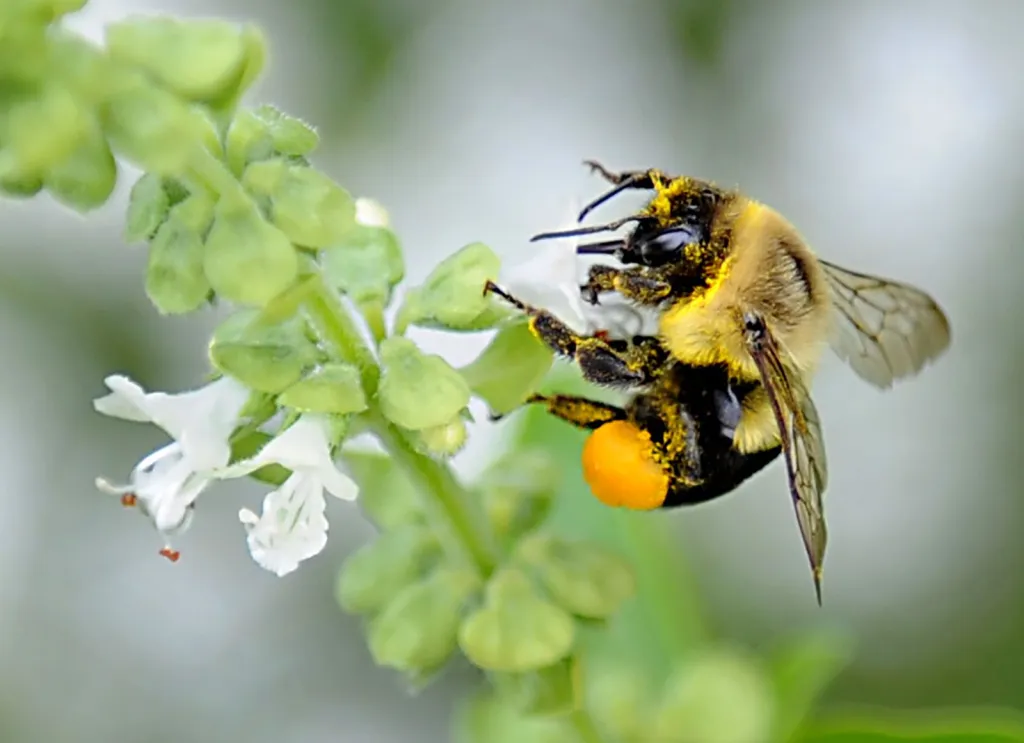Bumblebees have once again amazed scientists by showcasing their remarkable cooperative abilities in a new study, marking the second instance this year. Despite their small brains, these industrious insects have proven capable of solving complex tasks in collaboration with their peers.
In a series of laboratory experiments, bumblebees that trained together to retrieve a sugary reward displayed a remarkable level of cooperation. Unlike their solo-trained counterparts, bees that worked in pairs were more inclined to wait for their partner before completing the task.
Lead author Olli Loukola, a behavioral ecologist at the University of Oulu in Finland, highlights that these findings challenge conventional beliefs about insect cognition. The study underscores the bees’ ability to work collectively towards a common goal, showcasing the sophisticated nature of their cooperative behavior.
This discovery comes amidst a growing recognition of potential insect consciousness and adds to previous demonstrations of human-like collective intelligence observed in bumblebees.
Cooperation, a fundamental aspect of social behavior, reflects an awareness of and collaboration with others. The researchers aimed to explore whether the bees’ behaviors in cooperative tasks stemmed from individual efforts, mere recognition of partner presence, or a deeper understanding of roles and goals.
Recent definitions of cooperative behavior by biologists delineate between four types, with the fourth type considered a hallmark of human cooperation and rarely observed in non-human animals.
Despite initial expectations, bumblebees have demonstrated impressive cognitive abilities in laboratory settings. They have shown proficiency in learning sequential tasks, teaching others, using tools, counting, and even performing basic mathematical tasks.
In the study, bees exhibited socially influenced behavior when working in pairs, demonstrating a level of coordination beyond individual efforts. This was evident in their hesitation at doors concealing rewards, waiting for their partner’s arrival, and their willingness to return to help locate their partner.
However, discerning whether bumblebees truly understand their partner’s role will require further research. Detailed monitoring of their behavior during cooperation may provide insights, akin to studies conducted with dolphins.
While bumblebees typically forage alone in the wild, the capacity for cooperation observed in the study suggests its potential importance for survival across the animal kingdom. Understanding the evolutionary origins and implications of this behavior remains an intriguing avenue for future exploration.















































